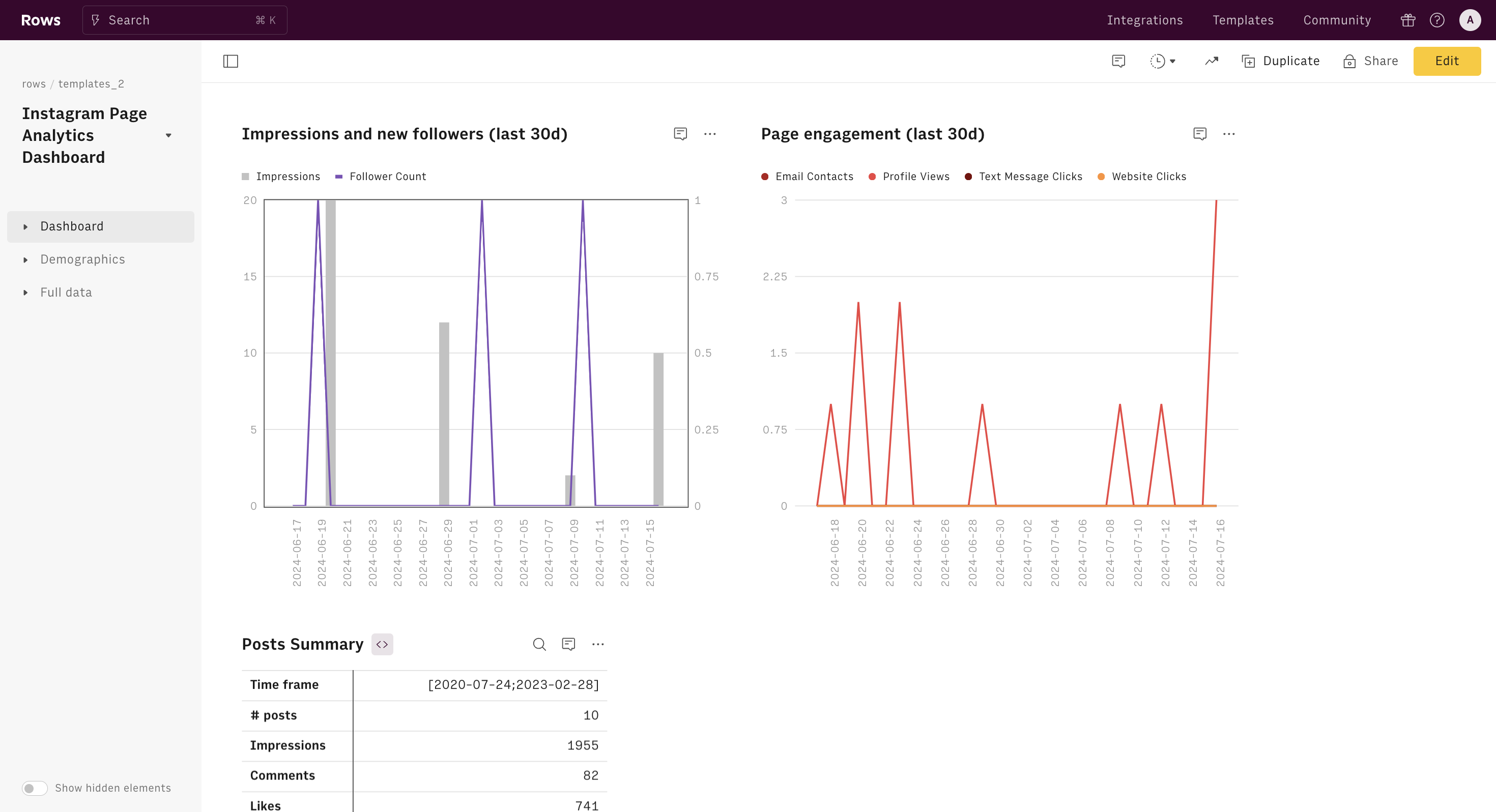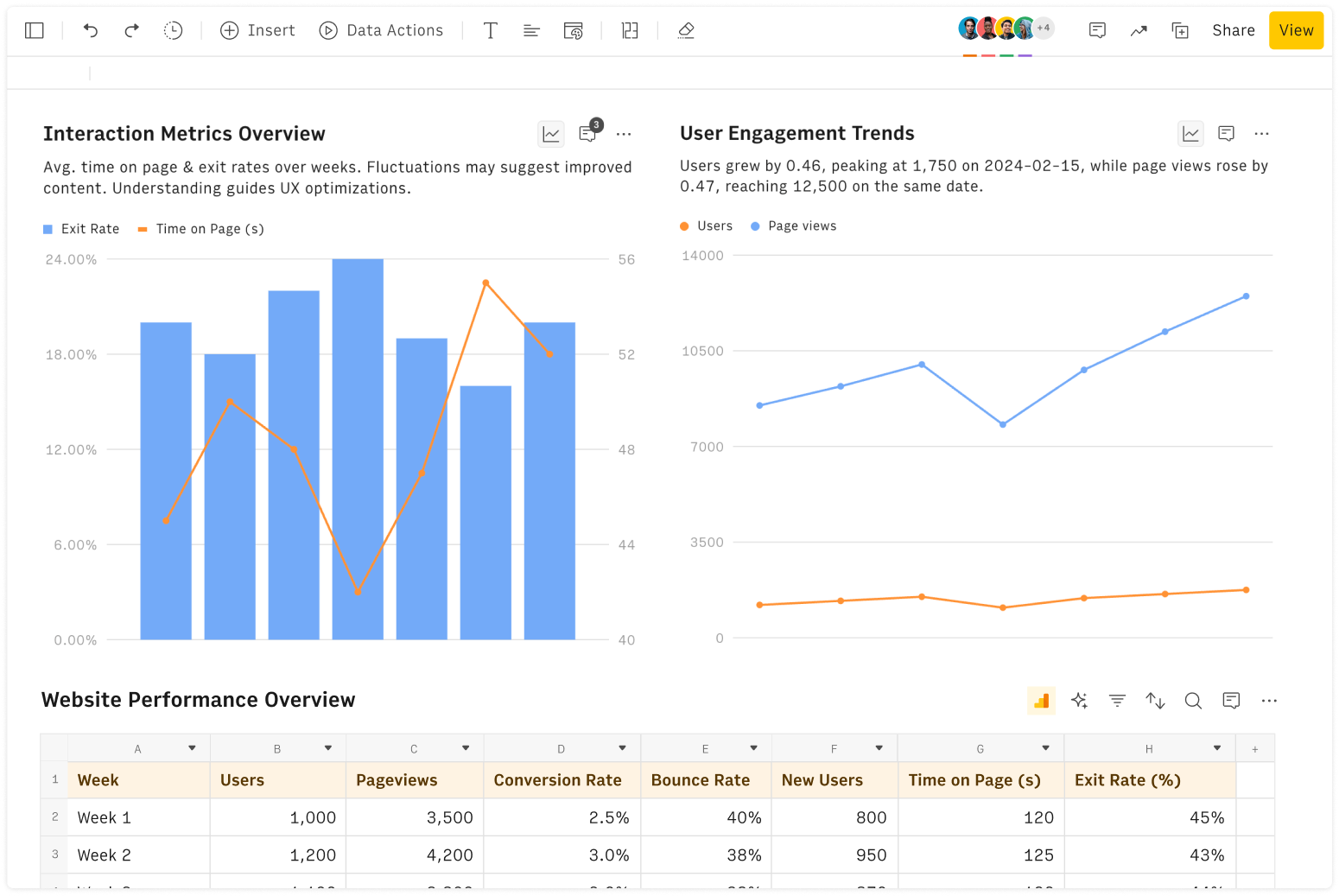What is PPI?
A Pixel per inch (PPI) calculator is a tool used to determine the pixel density of a digital device. It is useful for determining the clarity of an image, video, or other digital media displayed on a device.
PPI is typically used to compare the relative resolution of displays and is usually expressed in terms of dots per inch (DPI).
How to use the PPI calculator
The PPI calculator has three inputs::
Screen size: the length of the screen diagonal in inches
Horizontal pixels: the actual number of pixels on the horizontal side
Vertical pixels: the actual number of pixels on the horizontal side
The Diagonal screen size is the physical size of the display. The Horizontal pixels and Vertical pixels represent the width and height of the display in pixels.
A practical example of PPI
To calculate the PPI of a device, you need to divide its total pixels (the width multiplied by the height) by its diagonal screen size. For example, given the following inputs:
Diagonal size (d): 5 inches
Horizontal pixels (h): 1920
Vertical pixels (v): 1080
First we compute the number of pixels on the diagonal:
pixel_d = √ (h^2 + v^2) = √ (1920^2 + 1080^2) = 2203
and then we divide the pixel_d by the diagonal size in inches, as follows:
PPI = pixel_d / d = 2203 / 5 = 441
What is Dot pitch?
The other parameter that can be calculated is the dot pitch, which is the distance between two pixels on the display. This is calculated as the inverse of PPI. Dot pitch = 1 / PPI In the previous case, Dot pitch = 1 / 441 = 0.0023
Dot pitch, once a common measure of display quality, has fallen out of favor due to technological advancements. In the early days of digital displays, when screen resolutions were typically below 100 pixels in both dimensions, dot pitch was a useful and easily understood metric.
Now that modern devices have dramatically higher resolutions (thousands of pixels within a compact area), dot pitch values are extremely small and difficult to conceptualize.
For instance, a 5-inch smartphone screen might have over 2000 pixels across its width, making the dot pitch an unconvenient multi-decimal index.
As a result, the industry has shifted towards using Pixels Per Inch (PPI) as the standard measure of display resolution. PPI provides a more intuitive understanding of screen quality, especially for consumers, where higher PPI numbers clearly indicate sharper, more detailed displays.
What is DPI?
DPI stands for dots per inch. While nowadays it's often used interchangeably with PPI, DPI technically refers to the number of ink dots a printer can place within an inch, while PPI refers to the number of pixels a screen can display per inch.
Both metrics measure measure how "grainy" an image is, the only difference is the mean through which the picture is rendered: physical or digital.
Let's consider a scenario to illustrate the relationship between PPI and DPI:
Imagine you have:
A 5 megapixel image (1800 × 2800 pixels)
A printer with a maximum capability of 300 DPI
A desire to print the image on a 6-inch diagonal paper
In this case:
The image's pixel density would be about 554.8 PPI at the desired print size
This PPI is significantly higher than the printer's 300 DPI capability
The result? Each ink dot from the printer will represent multiple pixels from the original image, leading to some loss of resolution during printing.
If you imagine the same scenario but with a better printer capable of 600 dpi, the situation reverses. Now, each pixel will be composed of more than one dot of ink.
To prevent artifacts that occur from interpolating pixels and estimating color values, it’s generally advised to set the printer's DPI to an integer fraction or multiple of the image's original pixel density.
How many pixels per inch is a good PPI value?
A good PPI value depends on the device and its typical viewing distance. For example:
Smartphones typically have a PPI of 300-500
Computer monitors usually range from 70-300 PPI
High-end 4K monitors can reach 200-300 PPI
In 2010, Apple introduced the Retina display, which was named to emphasize its high pixel density—generally around 300 PPI or more—making individual pixels indistinguishable to the human eye at normal viewing distances.
Generally, anything above 300 PPI is considered very high quality, as the human eye struggles to distinguish individual pixels beyond this point at normal viewing distances.
Popular devices and PPI resolution
Below you find some popular Apple device with respective resolutions and PPI.
Device Name | Resolution | PPI |
|---|---|---|
iPhone 14 Pro Max | 2796 x 1290 pixels | 460 |
iPhone 14 | 2532 x 1170 pixels | 460 |
iPhone SE (2022) | 1334 x 750 pixels | 326 |
iPhone 13 Mini | 2340 x 1080 pixels | 476 |
Samsung Galaxy S23 Ultra | 3088 x 1440 pixels | 500 |
Google Pixel 7 Pro | 3120 x 1440 pixels | 512 |
Xiaomi Mi 13 | 2400 x 1080 pixels | 419 |
OnePlus 11 | 3216 x 1440 pixels | 525 |
Apple Watch Series 8 (45mm) | 396 x 484 pixels | 326 |
Apple Watch Series 7 (41mm) | 352 x 430 pixels | 326 |
Samsung Galaxy Watch 6 | 480 x 480 pixels | 450 |
Garmin Fenix 7 | 260 x 260 pixels | 200 |
Fitbit Sense 2 | 336 x 336 pixels | 301 |
iPad Pro 12.9 (2024) | 2732 x 2048 pixels | 264 |
iPad Air (2024) | 2360 x 1640 pixels | 264 |
iPad Mini (2024) | 2266 x 1488 pixels | 326 |
Samsung Galaxy Tab S9 Ultra | 2960 x 1848 pixels | 266 |
Microsoft Surface Pro 9 | 2880 x 1920 pixels | 267 |







